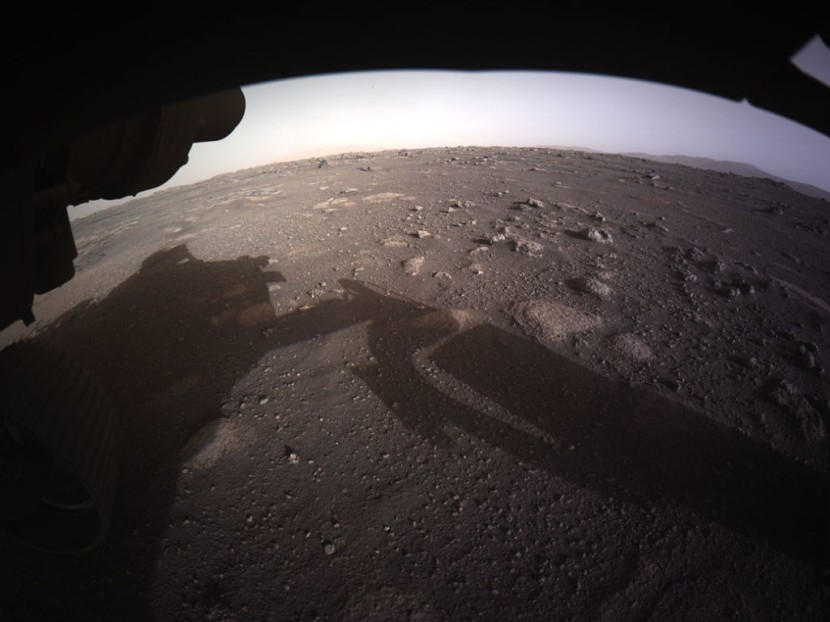
NASA's Perseverance rover has discovered diverse traces of what experts have found "preserved organic matter" inside a Martian crater, providing scientists with new scientific insights into the Red Planet's carbon cycle and its potential to host life.
A new paper published in the journal Nature details the discovery as researchers examined data picked up by Perseverance's SHERLOC (Scanning Habitable Environments with Raman and Luminescence for Organics and Chemicals) instrument.
NASA Perseverance Discovers Organic Molecules on Mars
While they found signs or organic molecules in all of the instrument's ten targets, it was still far from a confirmation that Mars was previously filled with life. The situation prompts researchers to be careful to note that the molecules may have resulted from processes that are completely unrelated to life, which is another intriguing look into the ancient history of the Red Planet.
In a statement, the lead author of the study and a planetary scientist at the California Institute of Technology in Pasadena, Sunanda Sharma, said that the discovered organic molecules are an exciting find for astrobiologists because they are usually thought of as the building blocks of life, as per Futurism.
Additionally, the discovery builds on previous detections of similar organic molecules made by the rover's predecessor, Curiosity, which has been continuously exploring the same general region as the new rover since 2012.
A co-author of the study and an astrobiologist at NASA, Joseph Razzell, said the findings support observations made by previous robotic missions to the Red Planet. These include the discovery that Mars was once rich in organic material, compounds made primarily of carbon and hydrogen, and the fact that some of that organic material is still detectable now, several billions of years later.
Razzell added that every single detection and observation provided more information that brought scientists closer to understanding the history of Mars and whether or not it could have supported life at some point in its history.
The finding comes as Mars has only sometimes been the inhospitable place it is today, with liquid water on its surface sometime in the distant past. According to Reuters, scientists also suspected that there could have been microbial life living in the Jezero crater.
Potential for Hosting Life
SHERLOC is equipped with cameras, a laser, and instruments known as spectrometers that can analyze wavelengths to aid in the search for organic molecules. It is assisted by WATSON, continuing the Sherlock Holmes theme, which is a color camera for getting close-up images of rock grains and surface textures of Mars.
Some scientists have theorized that the discovered organic molecules could have formed due to water and dust interactions. Others argued that they could have been delivered to the Red Planet through dust particles or meteor impacts.
A researcher at the Planetary Science Institute and another co-author of the study, Ashley E. Murphy, said that not all organics are biological. She noted there needs to be proper observation of the spatial relationships between minerals and organics for the process of evaluating and understanding organic origins and potential biosignatures, said the Greek Reporter.








